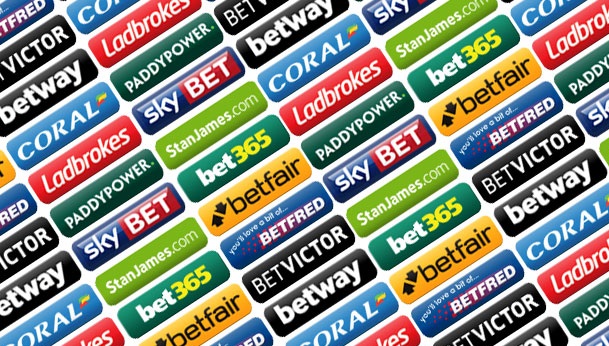How soccer betting developed?
Bookmakers have always been the ones who influenced soccer betting to greatest extent. As bettors always hoped for making great profits by investing little, the bookmakers have always tried to control what bettors can bet on. Below you may find more about to what extent the bookmakers have control over soccer betting. How do bookmakers make bettors to place a bet? For many bettors, there is a huge difference between soccer betting and the lottery, simply in the fact that soccer bettors have more control on the outcome of the bet they place and in lottery one may say that the outcome is simply a matter of luck. However, depending on the place where bettors place the bet, this may not be entirely true. Nowadays, that bookmakers do is providing a lucky dip option and ‘curating’ bets, which means that they give the bettors the option to pick the odds they want and then, they ‘randomly’ pick the selections for them; or, they just give them a selection of already made bets so that the bettors can chose from them. Therefore, the bookmakers have a considerably high influence on what bettors can place a bet on. That is, by offering special offers or launching a very well made marketing campaigns to highlight an event, bookmakers have more control over what bettors put their money on and thus, making the chances of getting a return even smaller than they really are. How did it all start? The concept of betting was originally made for fun. Littlewoods in 1923 created a pools system in the UK where the fans were given a coupon outside of stadiums and asked to note in it which team they thought would win the match. After some time, the coupons started appearing in a newspaper, filled in and then taken submitted by post or given to an agent who collected them. Littlewoods suggested which games to be picked or limited the number of choices. However, in any case, one winner a week was always guaranteed by using a points scoring system. In France, a similar system was developed, called ‘pari-mutuel’ and it was used for horse racing. Similar products, like Tote (UK) and TAB (Australia) were later based on this system. The principle in these systems is pooling together all bets or entries and then paying out on a dividends basis, where the one who owned the pool took their cut. This system gives less valuable returns than the likelihood of the chosen outcomes and it functions more like the bookmaker odds. Michael Elliott is one of the most famous winner from the pools and he won £3,001,511 for his £2 stake when he predicted eight 2-2 draws in 2010. Until opening of betting shops, the pools were one of the most popular forms of betting. After that, bettors were able to bet in a more convenient way. Many things changed since, regarding the manners of betting; however, what stayed the same was ‘curating bets’. When did betting shops appear? Betting shops started appearing very fast in the period from 1960’s until 1990’s. Although their primary focus was horse racing, greyhound racing and other sports, the interest in soccer betting was increasing. Coupons with curated odds made by bookmakers, with numerous combinations of outcomes in matches, were devised. Singles were only available on live games. But this put bettors in a great disadvantage because bookmakers could create a coupon with games which were difficult to predict and then, they made these difficult selections more appealing by combining them into one bet with attractive high odds. Just for the record, one of these coupons offered odds of 26.00 for correctly predicting three draws. The evolution of technology The traditional curate coupons have moved online as technology developed and people started going to betting shops less. Although these types of coupons are still popular the most, nowadays, bettors may also chose BTTS coupons (both teams to score). Nowadays bookmakers still have their ways in disadvantaging bettors, although they do it more discreetly now. For example, bettors are offered to chose four matches where both teams will score at odds of 4.50, six matches at 11.00 or eight matches at 25.00. Here, bettors focus on the high return for low outlay, but since we have innate difficulty in making smart statistical decisions, bettors do not take into consideration the likelihood and whether the odds which are offered on this ticket can be trusted regarding the probability of the teams to score. Usually, the odds that bookmakers will offer are around 1.67 for both teams to score in a match and 2.10 for both teams not to score. So not only do bettors have to find an edge and beat the bookmaker’s 7.6 % margin, they have to do it four, six or eight times over, with the margin rising proportionately. Should coupon betting be avoided? Smart bettors should always know that there is always a reason why bookmakers highlight an offer. It always has something to do with making an already difficult bet even more difficult. Of course, everyone is after a big profit. But one should always keep in mind not to let bookmakers influence their selections in any way. Although advertising campaigns about a certain event, as well as offering an easy to use form of betting brings hope of great returns and provides a great recreational value, serious bettors should always be aware of the reason why that specific event is offered at such spectacular terms.


